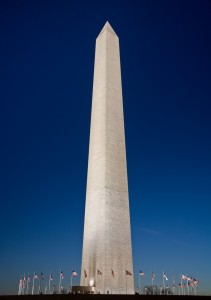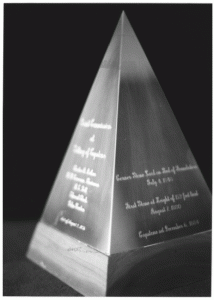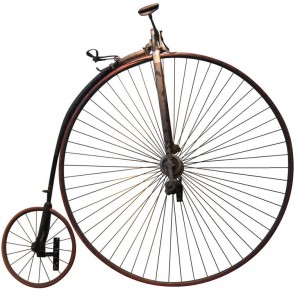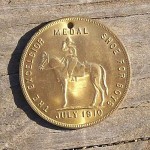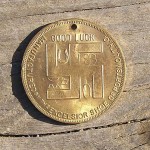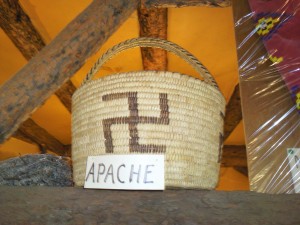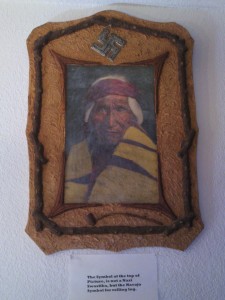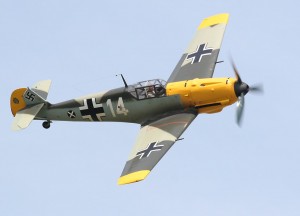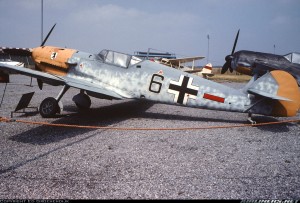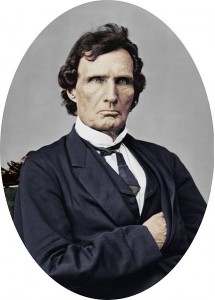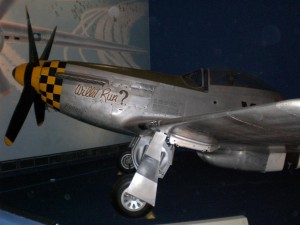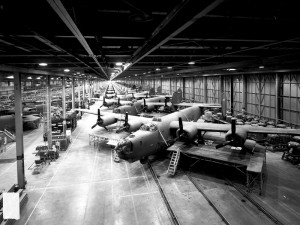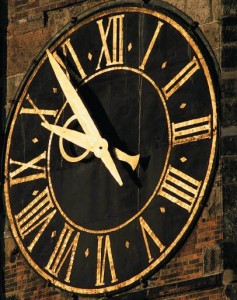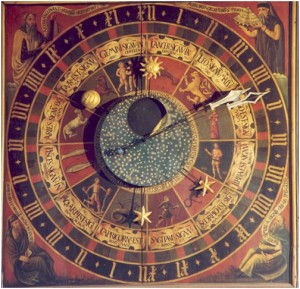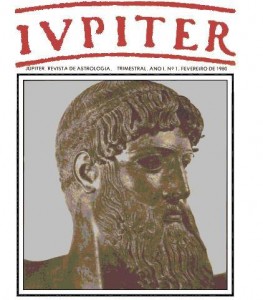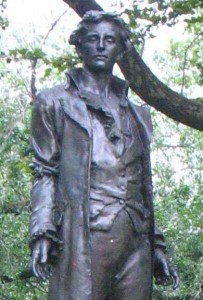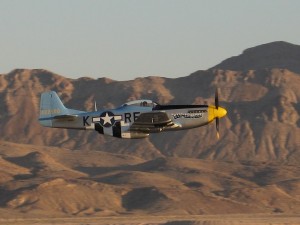The Block at the Top
This week, the Federal Government almost shut down, due to lack of an approved budget. The media was keen to point out expected impacts of the looming shutdown, one of which was to close National Parks and Monuments. Featured prominently was the Washington Monument, a close-by and convenient symbol of our National treasures. This reminded me not of budget issues, but a newspaper feature from long ago, called Ripley’s Believe It or Not, which used to be included in the Sunday funny pages. The particular feature I remember brought attention to what was at the very top of the Washington Monument – not a granite capstone, but a solid pyramid of aluminum.
The Ripley’s article, as I remember it, suggested that aluminum was chosen because in 1884 it was a precious metal, about the same price as silver (~ $1 an ounce). This turns out to be an urban myth. Aluminum was chosen because it conducts electricity well and was expected to remain bright with long exposure to the elements. It was expensive because an efficient technique for separating aluminum metal from its natural mineral form was yet to be invented. Moreover, casting aluminum was an especially tricky process. Aluminum tended to bubble in the casting process and leave a porous surface. With great difficulty, Frishmuth was able to cast a 100 ounce pyramid with a smooth surface, the largest aluminum casting ever done to date, to be placed on the tallest man-made structure in the world.
The nine inch by six inch pyramid was polished and inscribed, and displayed at Tiffany’s in New York for several days before delivery to the Corps of Engineers. The pyramid was displayed on the floor, so that people could “jump over the top of the Washington Monument” (har har). Due to the cost of materials and the difficulty in casting the aluminum, the final bill presented was for $256.10. Colonel Casey was livid, but eventually he and Frishmuth settled on $225. On December 6, 1884 the aluminum pyramid was attached in a special ceremony. It was soon discovered, however, that the lightning protection system was inadequate, and copper rods were added to bolster the system. In 1934, the system was again modified with the addition of a copper collar and taller copper rods. The copper rods go unnoticed to a visitor at the monument, standing at street level 555 feet below.
Vox’s Take: The Washington Monument is no longer the tallest man-made structure in the world (losing that title to the Eiffel Tower in 1889 [3]), but is still the tallest free-standing masonry work. The aluminum capstone, now blunted by lightning strikes, still has held up well enough to read the inscriptions. Even at the inflated price of $225, it seems to have been worth it!
Sources:
[1] Lightning Rod, Wikipedia
[2] The Point of a Monument: A History of the Aluminum Cap of the Washington Monument, Journal of the Metal, Minerals and Materials Society
[3] Washington Monument, Wikipedia
